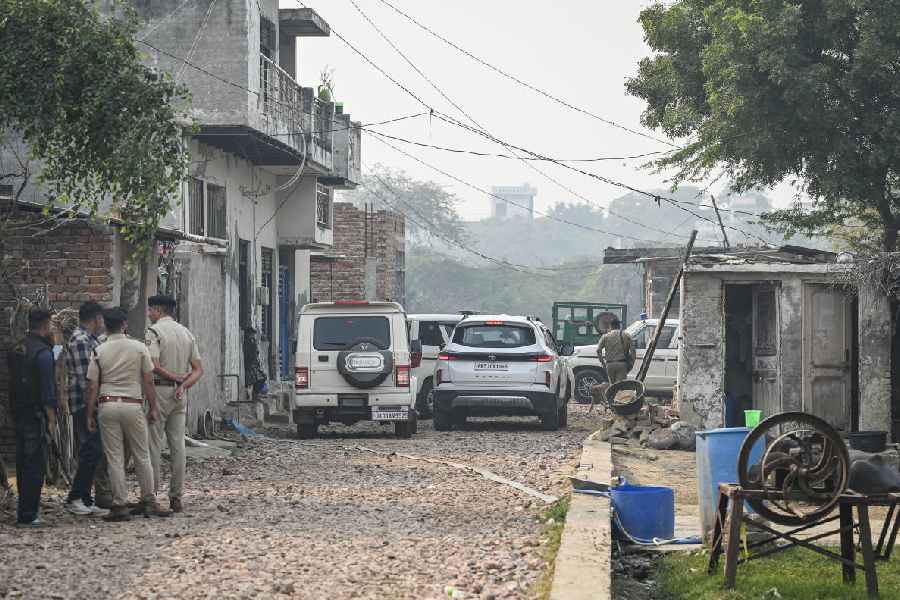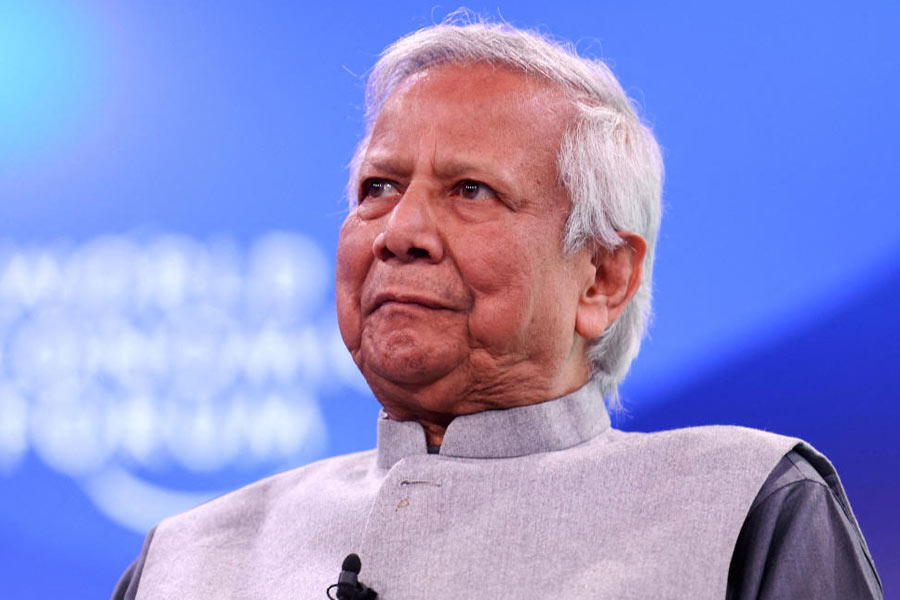The International Labour Organization has ranked India second in the world when it comes to providing social security coverage for its citizens. According to the ILO, India now provides social protection to around 94 crore citizens, with coverage rising to 64.3% of the population from 24.4% in 2019. This is encouraging statistics but the devil, as is often the case, may lie in the details. For instance, the latest Periodic Labour Force Survey shows that the percentage of regular wage/salaried employees not eligible for any specified social security benefits stood at 53.4% in 2023-24. Many of these people would also not be entitled to State welfare schemes as they would not meet the annual wage criteria of these policies. Additionally, over 80% of the Indian population works in the informal sector and is dependent entirely on State welfare schemes like the Ayushman Bharat Pradhan Mantri Jan Arogya Yojana in terms of social security. But studies show that the budgetary allocations to such welfare programmes, while they have increased over the years, have not kept pace with the growing pool of beneficiaries. In essence, this means that though social security might exist on paper, it does not always reach all intended beneficiaries. This is not all. While the Code on Social Security, 2020 proposes the establishment of a social-security fund for gig workers — their number will reach 23.5 million by 2030 — it does not specify the minimum level of engagement required by a gig worker to qualify for such social security benefits. It also puts the burden of registration for such welfare on workers. The COSS also does nothing for informal workers like domestic helps, farmhands and so on. Further, contribution by the Centre to old-age pension schemes has stagnated at Rs 200 a month — below the minimum wage per day — since 2006.
With rising unemployment making workers more vulnerable, India could turn to some of the best practices that have been outlined by the ILO. Brazil’s General Social Security Scheme, for instance, is guaranteed under its Constitution to each citizen and includes mandatory unemployment insurance. Moreover, an international study suggests that satisfaction with the quality of life should be included as an indicator of social security in order to expand the ambit of protections provided to citizens by the State. The ILO’s recent assessment of social security in India should thus be an opportunity for this country to consolidate its existing social security schemes while plugging their loopholes to widen their reach so that they can include the proverbial last person standing in the long line for State assistance.










